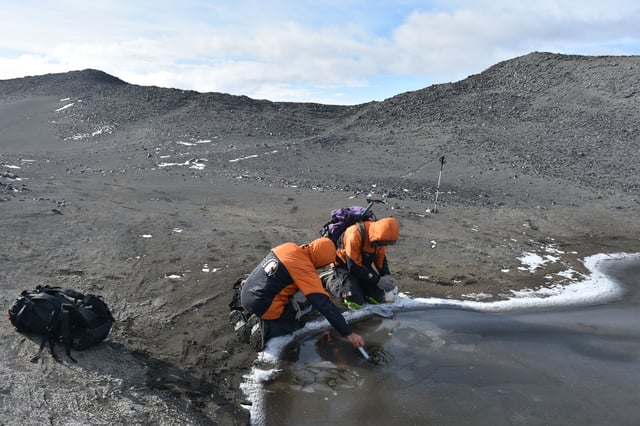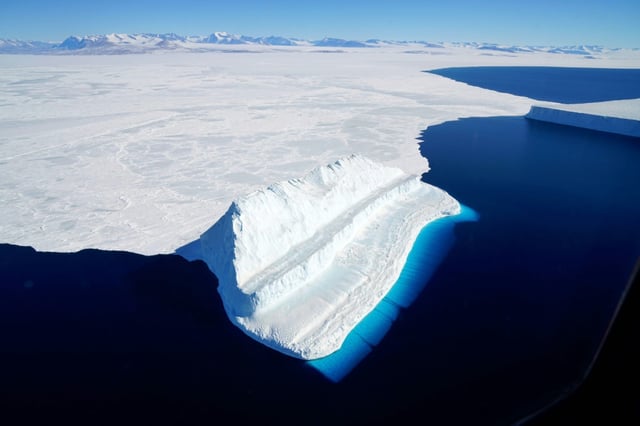Overview
- Windblown dust and debris on the McMurdo Ice Shelf absorbed sunlight to create shallow meltwater ponds that researchers sampled for signs of eukaryotic life.
- Biochemical screening of sterol lipids and genetic sequencing of ribosomal RNA revealed that every pond hosts diverse algae, protists and microscopic animals.
- Salinity gradients among the ponds correlated with distinct eukaryotic community compositions, demonstrating environmental influence on biodiversity.
- Results published in Nature Communications support the hypothesis that shallow surface ponds could have served as refuges for early complex life during Cryogenian glaciations.
- The study reshapes understanding of early eukaryote survival strategies and guides evolutionary biology and astrobiology research.

